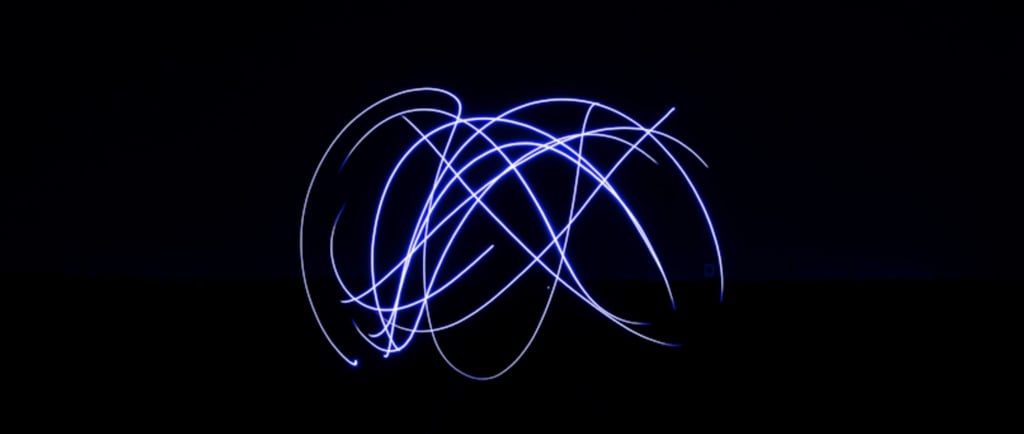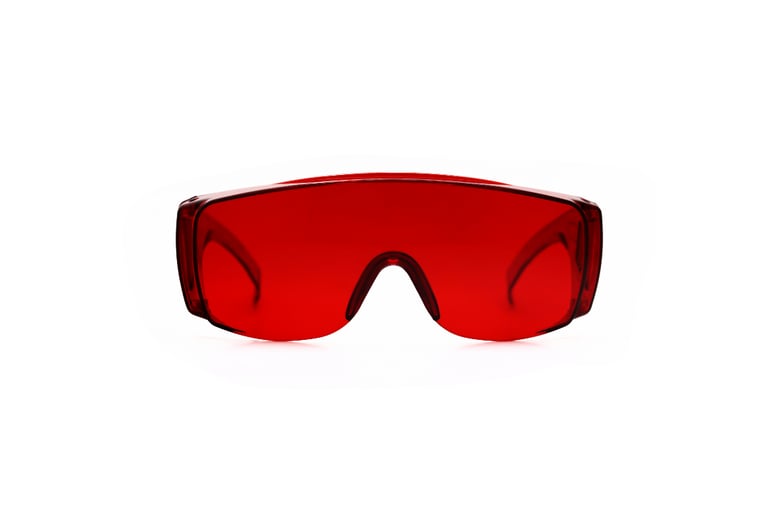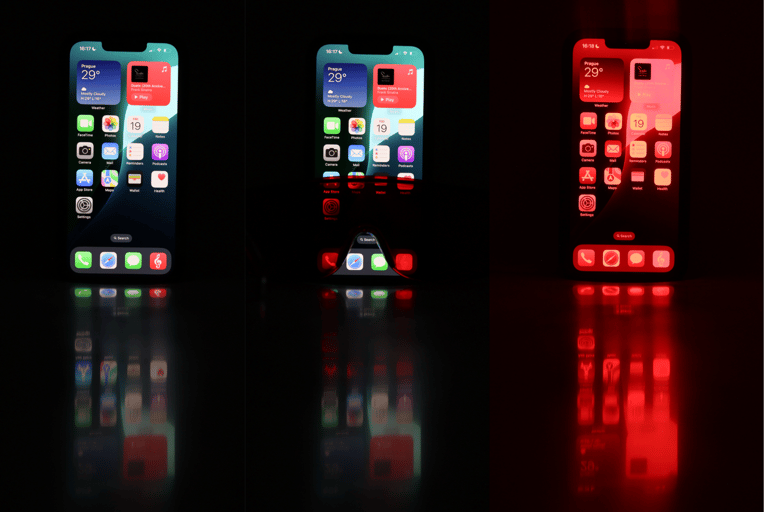Understanding blue light: Friend and Foe
Snoozora Blog Editors
3/3/20244 min read






*without byeBlue vs with byeBlue
Understanding Blue Light: Definition and Impact
Blue light is a segment of the visible light spectrum characterized by its short wavelength, ranging from approximately 380 to 500 nanometers, with high energy placing in right next to UV light. While predominantly present in sunlight, blue light is also emitted by artificial sources such as digital screens, LED lighting, and fluorescent bulbs. The wide prevalence of blue light in both natural and artificial environments positions it as a double-edged sword with significant implications for human health.
On one hand, exposure to blue light during daytime offers a range of benefits. Scientifically, blue light has been shown to enhance alertness and elevate mood by stimulating photoreceptors in the retina, leading to increased cognitive functions. This interaction with the eyes and brain promotes a state of wakefulness and facilitates mental sharpness, contributing to our daily productivity and overall well-being. Artificial blue light sources, such as those from computer screens and mobile devices, can thus consciously be employed to simulate daylight effects, especially in environments lacking natural light exposure.
Conversely, blue light exposure at night can be detrimental to our health. The high-energy nature of blue light disrupts the production of melatonin, a hormone critical for regulating sleep-wake cycles. By interfering with the brain’s natural inclination to prepare for rest, exposure during evening and nighttime hours can lead to sleep disturbances, insomnia, and other related disorders. The ubiquity of blue-light-emitting devices in modern life intensifies this risk, making it imperative to manage and mitigate nighttime exposure to preserve sleep quality and overall circadian rhythm balance.
Moreover, excessive blue light at night can contribute to eye strain, often referred to as digital eye strain or computer vision syndrome. Symptoms may include dry eyes, blurred vision, and headaches, which can degrade overall quality of life. Long-term exposure to blue light, especially from digital devices, is also being investigated for potential implications on eye health, including the risk of developing age-related macular degeneration.
To strike a balance, it is important to maximize blue light exposure during the day while minimizing it after sunset. Using protective measures such as blue light blocking night glasses (such as byeBlue from Snoozora), smart colored bulbs, blue light filters, screen time management, and adequate breaks from screens can help reduce the negative impact of blue light during evening hours. By understanding and managing our blue light exposure, we can harness its benefits for daytime productivity and mental well-being while safeguarding our sleep and eye health at night.
Scientific insights underline the dual nature of blue light: while it serves as an essential agent of alertness and cognitive enhancement during the day, it poses risks to sleep and circadian health at night. Understanding these dynamics equips us to use blue light judiciously, maximizing its benefits while minimizing its drawbacks.
Living in Harmony with Natural Rhythms: Practical Tips and Solutions
Living in a technology-driven era poses significant challenges to our natural circadian rhythms, primarily due to artificial blue light exposure. Balancing our exposure to blue light not only supports optimal sleep cycles but also enhances overall well-being. Here are some actionable tips to harmonize with your natural rhythms effectively.
Avoiding screen time before bed is a simple yet effective way to reduce late-night blue light exposure. Turn off electronic devices like smartphones, tablets, and computers at least an hour before bedtime to help your body wind down and boost melatonin production. But we know it is not possible sometimes, and therefore we strongly recommend using byeBlue glasses while scrolling at night.
Consider using dim red lights in the evening, as they are less likely to disrupt your circadian rhythm than blue lights. Opt for warmer, dimmer lighting to create a relaxing environment for sleep.
We are preparing an article about our recommendations with some interesting coupons for each mentioned!
Maximize exposure to natural light during the day to support a healthy circadian rhythm. Spend time outdoors or sit near windows to help regulate your body clock.
For overall protection, try our flagship Snoozora’s byeBlue blue light blocking night glasses. These glasses block over 99% of blue light and 90% of green light, that has similar impact as blue light, but to lesser degree than blue light. Making them highly effective for those who need to use screens at night. You can use them wherever you are at night.
You can order them here, or on Amazon, and sleep better in less than a week!
Finally, adopt strategies like scheduling technology-free times and promoting good sleep hygiene, including a consistent sleep schedule and a calming pre-sleep routine, to support healthy sleep patterns. For example: meditation, breathing exercises, relaxing music.
In conclusion, integrating these practical tips into daily life can facilitate a healthier relationship with blue light and its effects. By prioritizing natural light exposure during the day and minimizing artificial light at night, you can nurture your circadian rhythm, fostering both immediate well-being and long-term health benefits.
Not sure yet?
Connect with us for better sleep and a bit healthier life.
Legal documents
Feel free to ask us anything! 😊
Or write us an email from your mailbox: info@snoozora.com
© 2024. All rights reserved.


